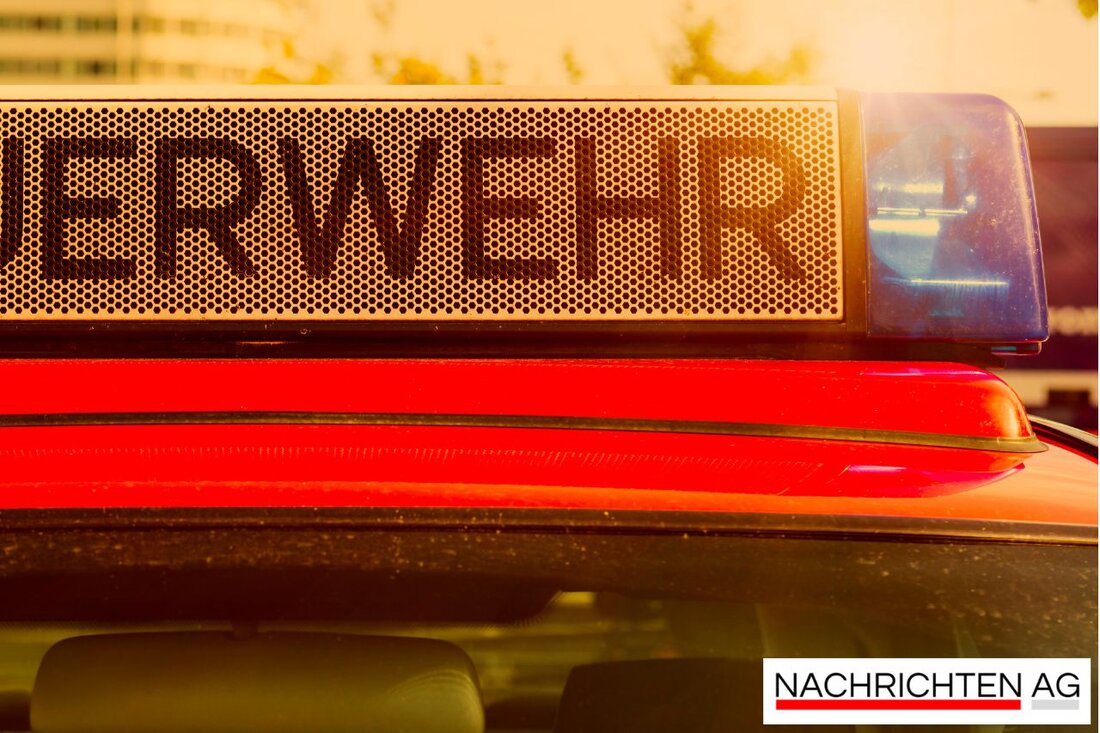Heroes of the night: Fire Brigade Mödling saves injuries from steep terrain!

Heroes of the night: Fire Brigade Mödling saves injuries from steep terrain!
On May 2, 2025, the Mödling volunteer fire brigade was alerted to a dramatic rescue operation in the Vorderbrühl district. An injured person was stranded in steep, overgrown terrain and urgently needed support. The situation was dangerous: the injured person suffered from a foot injury and was neither self -employed nor with the help of the emergency services, thereby having the risk of deterioration in health.
To enable the rescue, a comprehensive application concept was developed. First, the fire brigade's forces created space for the first aid by removing bushes with a chainsaw. The emergency services and the mountain rescue, which are well prepared for such challenges through their special training and equipment, took over the primary care itself. After detailed considerations, it was decided to rescue the person with a rescue helicopter at the scene. This step turned out to be necessary to quickly transport the injured to a hospital.
mountain rescue service - an indispensable service
The mountain rescue service is a specialized form of the emergency services, which focuses in particular on the medical rescue and recovery of people in alpine dangers. In Austria, Switzerland and the German low mountain ranges, highly qualified emergency services are used, which prepare for the challenges in the mountains with special devices and vehicles. The helpers can often be alerted quickly, but the accessibility of the locations is not always easy. Wikipedia explains that the alpine emergency signal is often used to call up auxiliary services.
The history of the mountain rescue service goes back to 1896 when a tragic avalanche accident on the Reißthalersteig led to the foundation of the first alpine rescue organization worldwide. This development was not only important for the safety of mountaineers, but also for the establishment of modern rescue processes, which are still sophisticated today. In Austria, around 13,000 voluntary mountain rescuers are active today who perform around 10,000 missions annually.
The key to success: teamwork
Work in the mountain rescue service not only requires well -founded training, but also numerous factors such as teamwork, trust and expertise. The interaction with the alpine and flight police as well as coordination with rescue helicopters plays an important role in the rescue process. The emergency services are trained by local locations, which act in the mountainous regions as operational bases. Mountain rescue also emphasizes that the requirements for members are constantly increasing, which underlines the need for regular further training.
Thanks to the commitment and the dedication of the volunteers, it is possible to help help even in the most difficult situations. On May 2, it was again shown in Mödling how important the cooperation and the special training of the mountain rescue workers were to save lives. The assignment lasted one hour and ended successfully when the injured person could finally be transported to the hospital.
| Details | |
|---|---|
| Ort | Vorderbrühl, Mödling, Österreich |
| Quellen | |
